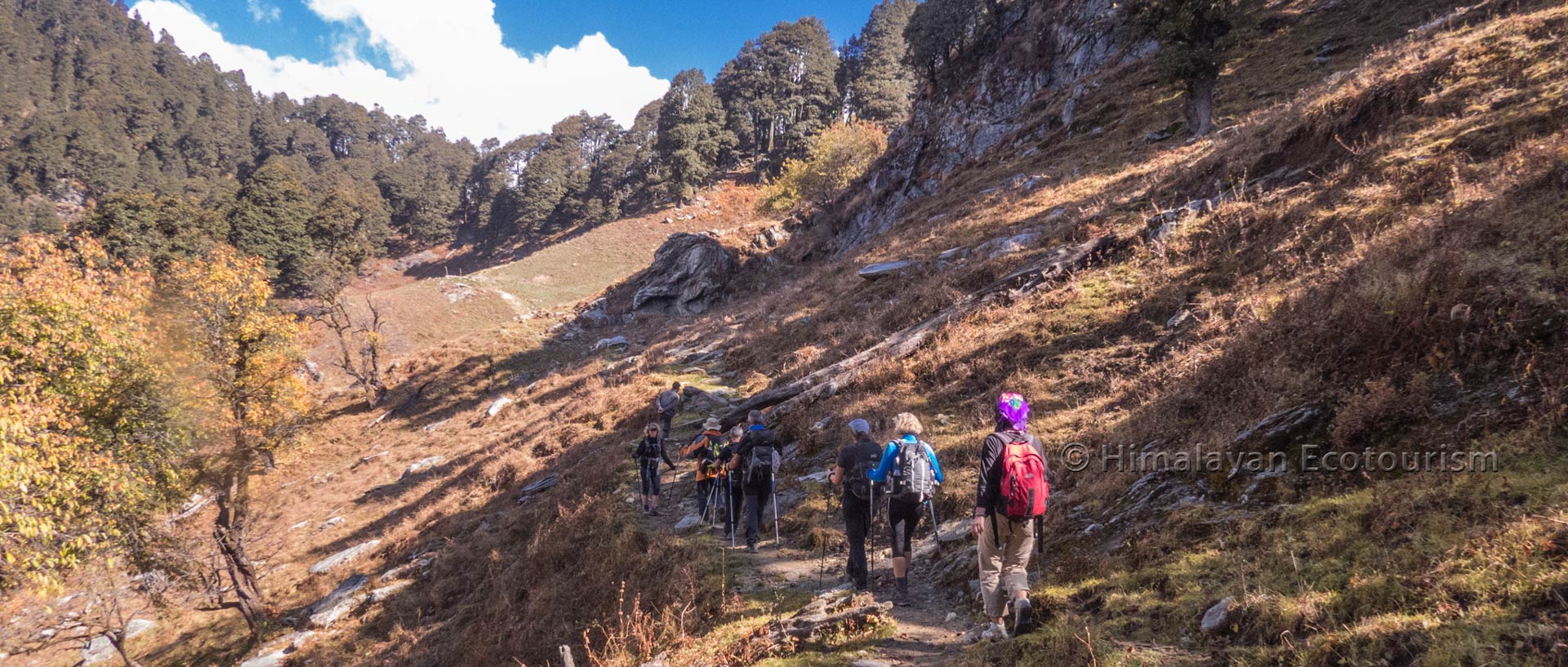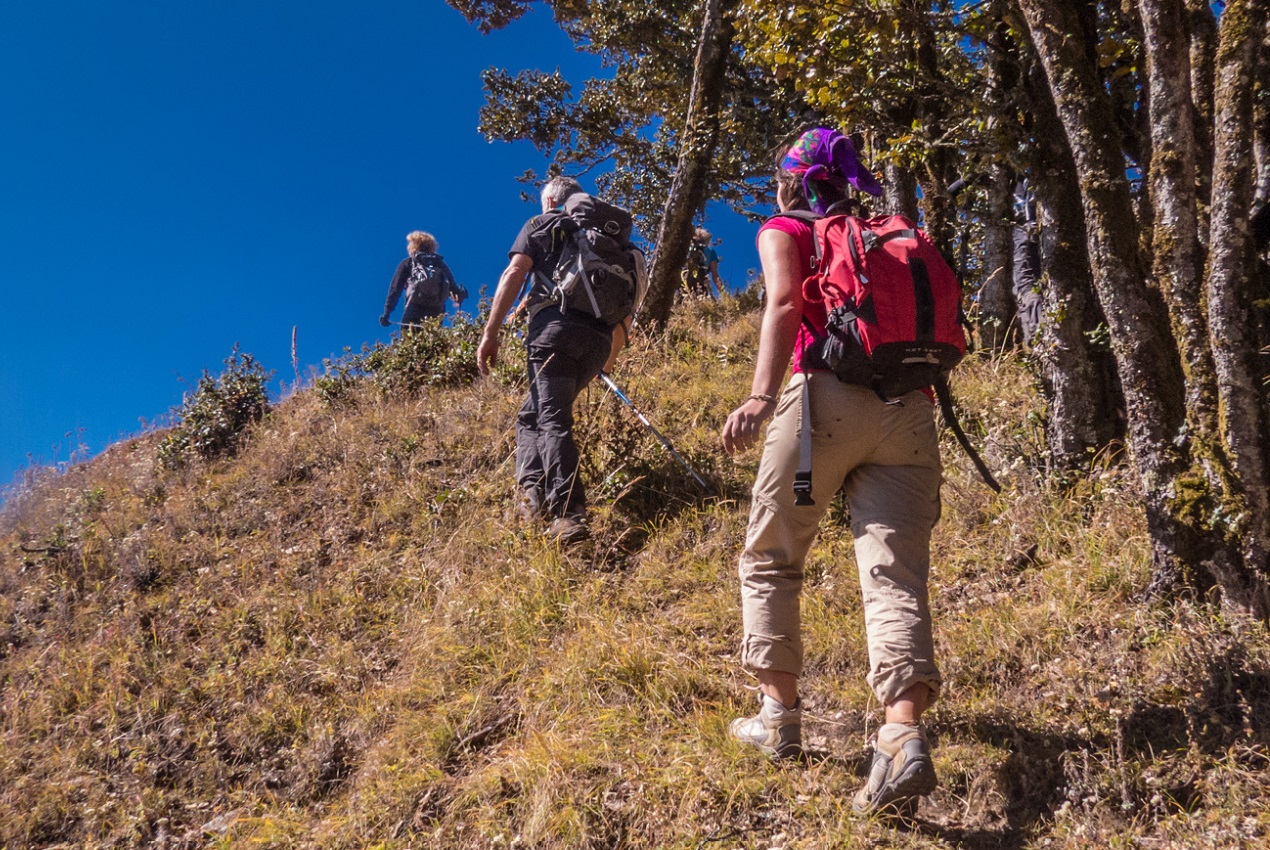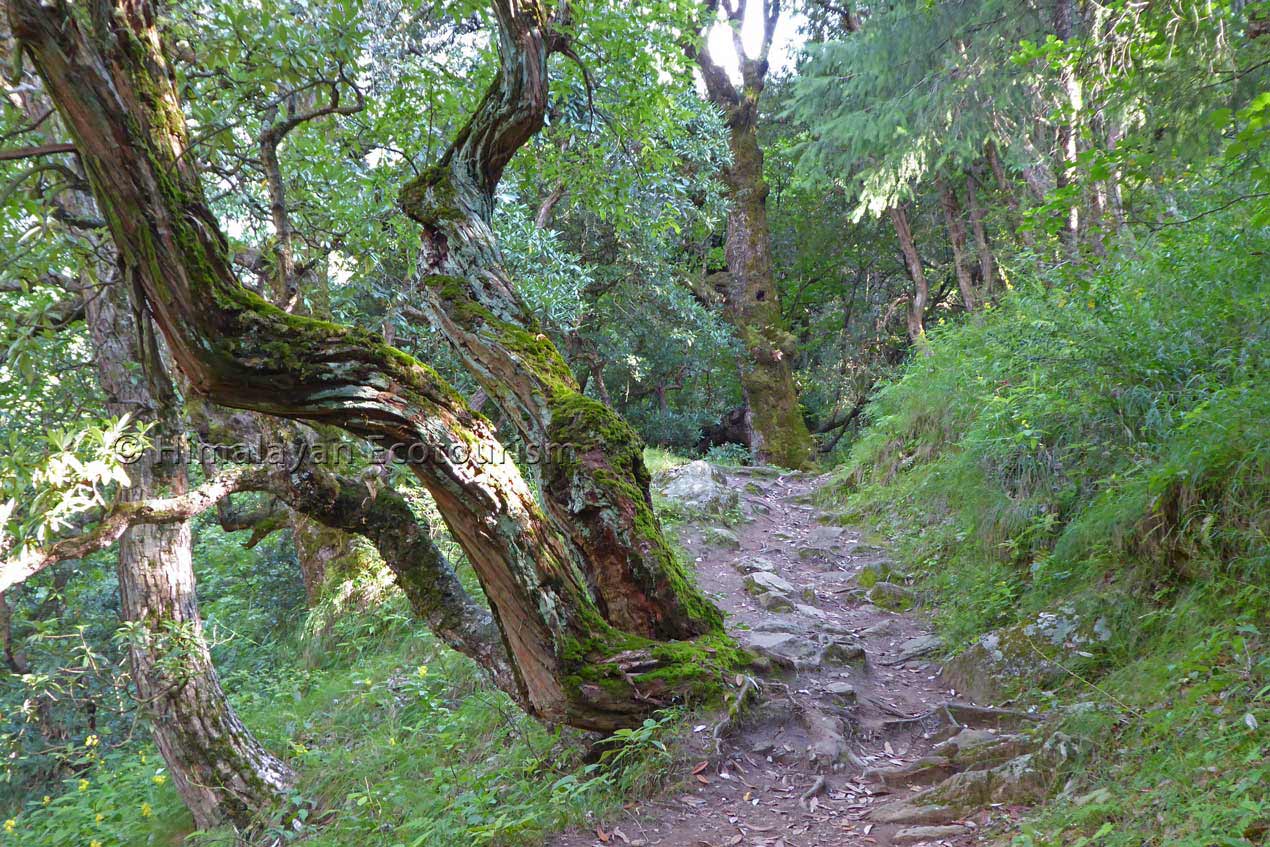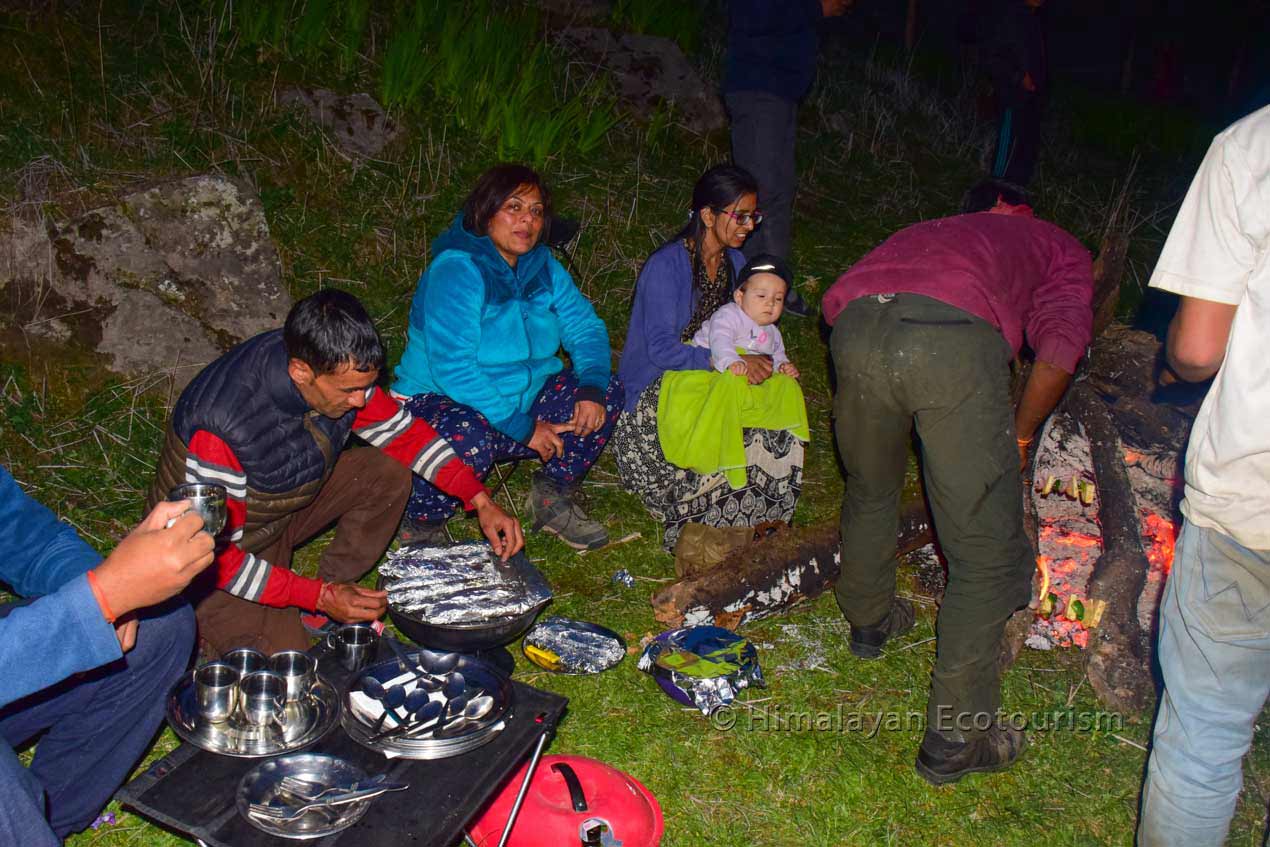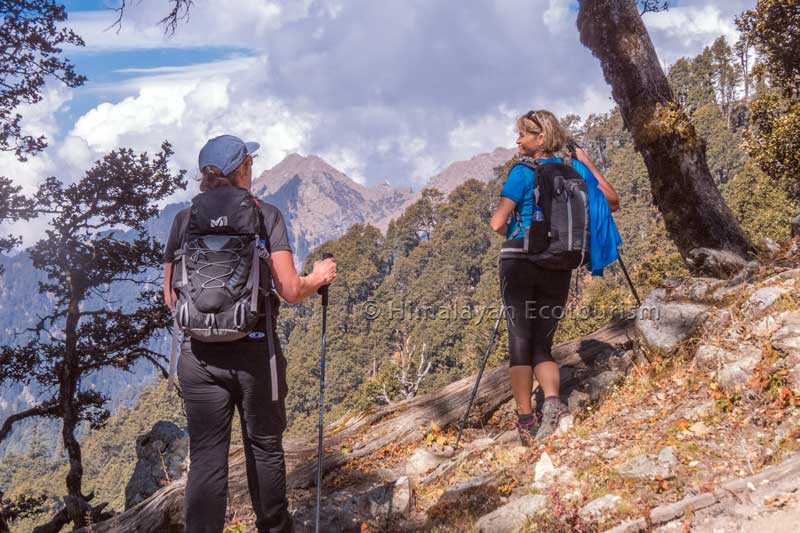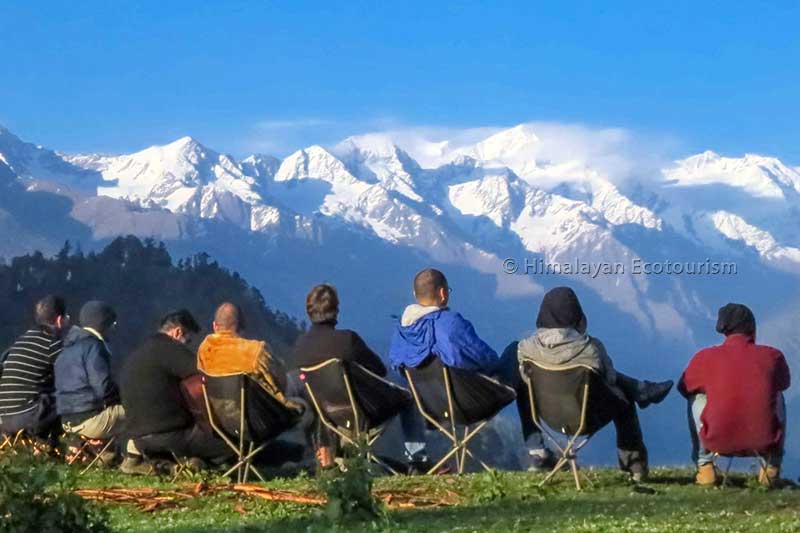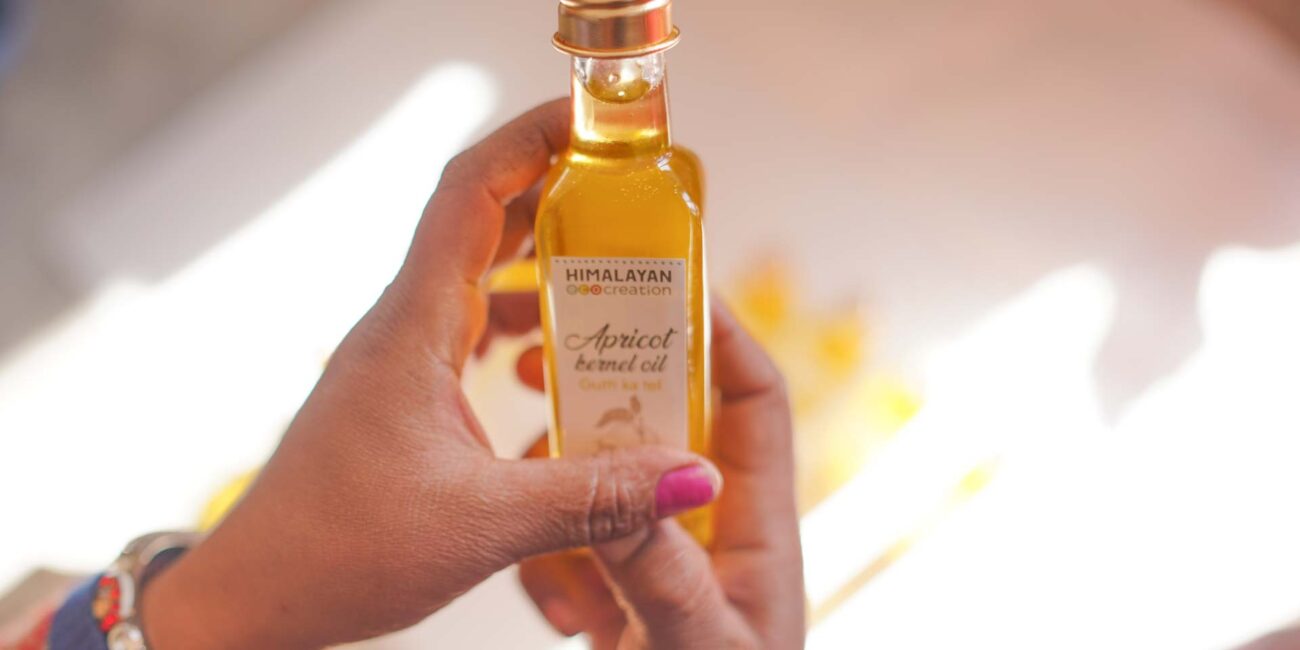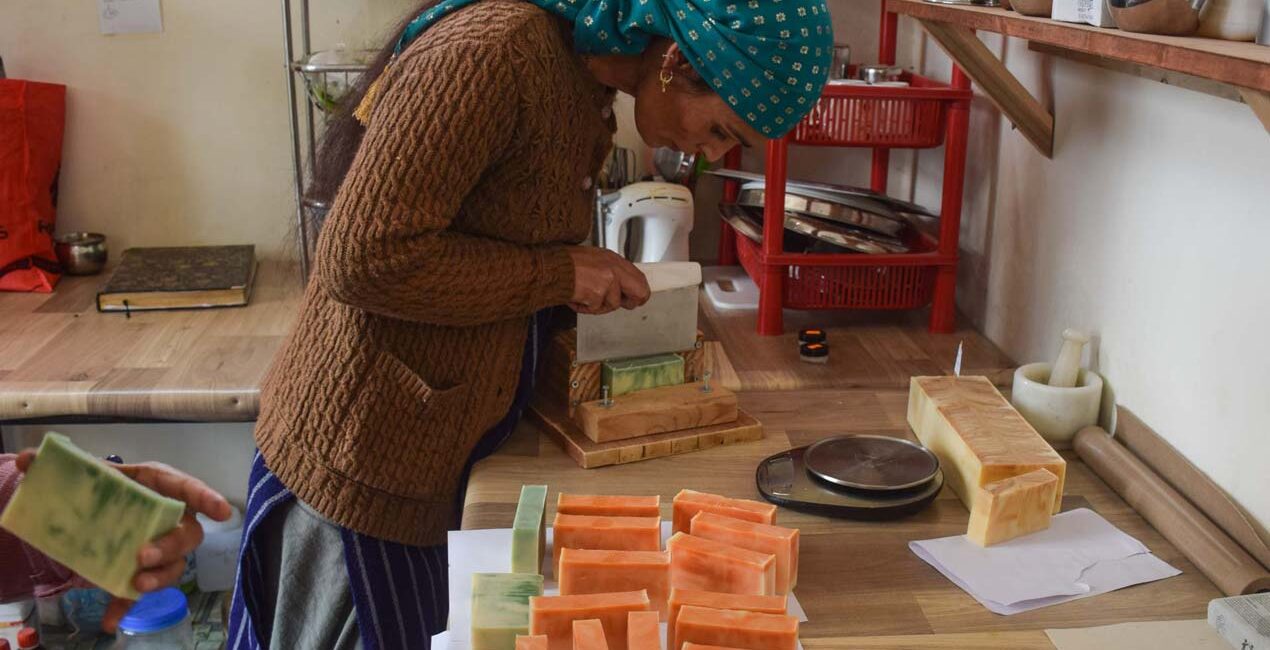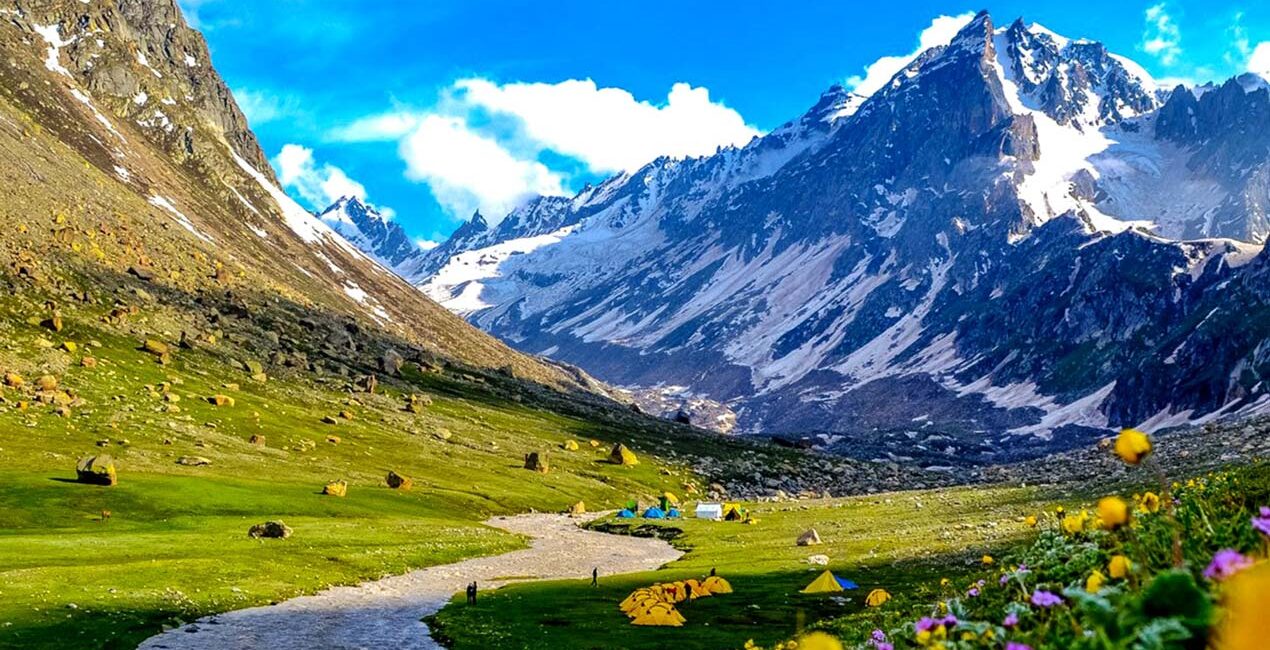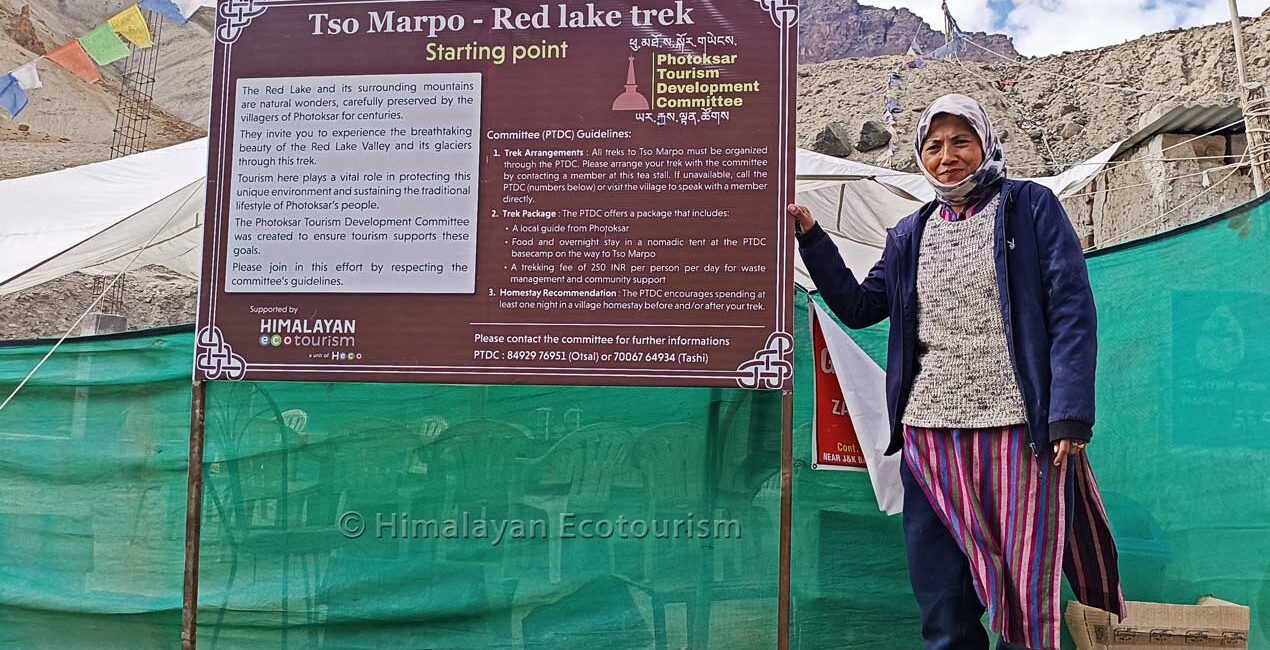Treks in the GHNP – What do you need to know ?

Why to trek in the GHNP ?
In contrast to various other Himalayan parks, the Greater Himalayan National Park (GHNP) region stands apart with its pristine natural environment devoid of any human interference. It presents unparalleled prospects for immersing oneself in nature’s beauty, engaging in invigorating treks, and engaging in captivating wildlife observation.
The remarkable diversity of both flora and fauna within the park is truly exceptional. Encompassing a realm of unspoiled wilderness, the landscapes remain unblemished, treating visitors to awe-inspiring vistas that leave a lasting impression.
Whether you’re a novice trekker or an avid explorer, our aim is to provide you with an authentic GHNP experience that will undoubtedly astonish you.
However, prior to charting out your trekking adventure, we strongly recommend perusing this comprehensive guide. It contains a wealth of practical information essential for ensuring an optimal and gratifying GHNP expedition.
The must-read basics
Embarking on a trek to the GHNP requires a minimum commitment of two days and one night of camping. This time span is indispensable, as the entry point to the park lies a 3-hour walk away from the road in the picturesque hamlet of Gushaini.
Guiding you through this escapade are our local staff, acknowledged and seasoned guides, porters, and culinary artisans. Venturing into the GHNP independently or in unguided clusters is forbidden, for the presence of a proficient guide and their adept team is mandatory.
Delight in delectable food meticulously prepared by our dexterous staff during the trek. While essential sustenance is provided, you might consider supplementing with some treats like biscuits, chocolates, or fruits.
As twilight descends, find solace under the canopy of stars within the embrace of your tent. Our comprehensive array of top-notch camping equipment guarantees nights of unparalleled comfort in the heart of untamed landscapes. The selection encompasses an assortment of superior camping gear and indispensable gadgets.
Transporting provisions, culinary essentials, and camping paraphernalia is a responsibility shouldered by our dedicated porters. This lightens your load, permitting you to focus on personal effects such as attire and cherished possessions. Should you prefer liberation from carrying personal belongings, a porter can be enlisted to your expedition crew (additional fees apply). On average, a porter accommodates the belongings of three trekkers, with each trekker’s possessions limited to 7 kg, and the porter’s capacity maxing out at 21 kg.
Embark on this odyssey to the GHNP, where nature’s grandeur is preserved in its most unadulterated form. Let the echoes of untamed beauty and ecological sanctity resonate as you traverse this sanctuary on foot, guided by adept locals, nourished by expertly crafted sustenance, and encased in the comfort of high-quality camping gear. Your passage into this realm of wonder awaits – step into the embrace of the Great Himalayan National Park.
Physical fitness requirements for trekking with us
To fully enjoy trekking in the Himalayas, maintaining a reasonable level of fitness and good health is crucial. But what does “reasonable” or “average fitness” truly mean? These terms can be subjective – what seems easy for one person might feel overwhelming for another.
This subjectivity makes it challenging for both you and us to assess your physical capacity for selecting the right trek. To help you evaluate your fitness more objectively, we provide a practical context: a fitness rating system. While this system may not account for factors like endurance on multi-day treks, it offers a helpful guideline.
Below is a Fitness Rating Table, ranging from 0 (minimal fitness) to 100 (athletic fitness). You can rate yourself using this table, and since all our treks are also rated on the same scale, it becomes easier to choose one that matches your capacity.
Fitness Rating Table
- 0 to 20: You lead a sedentary lifestyle. Even light physical activity leaves you breathless, and your stamina is low.
- 20 to 40: Though your lifestyle is sedentary, you have some physical potential. You can handle short walks (about 2 hours) on gentle paths but aren’t used to prolonged effort.
- 40 to 60: You’re reasonably fit, even if you don’t exercise regularly. You can run for 10 minutes, climb three flights of stairs briskly, and feel confident in most physically demanding situations.
- 60 to 80: You incorporate regular physical activities or sports into your routine. You enjoy challenging yourself, and prolonged efforts in harsh conditions don’t intimidate you.
- 80 to 100: You are highly athletic and have experience with multi-day treks at high altitudes. Your stamina and endurance are exceptional, and you’re confident tackling unpredictable environments.
Before confirming your trek reservation, we kindly ask you to complete and return a fitness assessment form. If you’re unsure about your physical fitness or have any medical concerns, we strongly recommend consulting your healthcare provider beforehand.
The Marahni trail
On a very steep but short (500 m) slope. The required fitness for this trek is rated 50/100.
Trekking with Children
When considering trekking with children, their age largely dictates the possibilities. For children below 4 years old, expect to carry them for most of the trek. We offer assistance in the form of a baby carrier (supporting up to 20 kg) and the option of an additional porter. This arrangement empowers you to venture to diverse locations even with a young child in tow.
Children aged 4 to 6 exhibit a reasonable ability to walk, although fatigue sets in quickly. For this age group, we recommend opting for easier treks or our “Easy camping in the wild” package.
Between the ages of 6 and 8, children might possess the fitness level required for treks rated up to 40. However, some guidance and support might still be necessary, leading to a slower pace during the trek.
Beyond this age range, assessing a child’s trekking capacity becomes a subjective matter. Parents are best positioned to gauge their children’s readiness and capabilities accurately.
While our team is dedicated to assisting you, parents bear the responsibility for their children’s well-being during the trek. If any specialized assistance is needed, please don’t hesitate to inform us.
Seniors on trek
Our senior guests are welcome on our treks.
But be careful. You may have not noticed that your stamina has weakened over these last years.
You can try to rate yourself with the help of the above table, but avoid overestimating yourself.
It is possible that you are actually 10 or 20 grades lower than what you think.
When was the last time you run for more than 5 minutes ?
You are above 70 and you are no more very sure about your physical fitness ? We recommend you to take advice from your physician.
How much time do you need?
Two days is the minimum time required since its gate is at 3 hours walking distance from the road at Gushaini. So in one day you can just reach the gate and come back, entering the park automatically involves a multi-day trek.
If you don’t have even 2 days the only option for you will be to go for a day hike in the ecozone of the GHNP.
Although you can go into the GHNP in only 2 days we strongly recommend you to go at least for a 3 or 4 day trek if you wish to have a better experience of the GHNP.
Actually only the Rolla trek allows you to cross the Park gate in 2 days. Any other treks in the GHNP require from 3 to 9 days.
If you have limited time try to go for 3 days (not 2) so that you spend an entire day in the wilderness and reach more interesting places.
The most popular short treks in 3 days are Marahni/Kundri and Shilt Hut.
What to take for your trek?
Rule of Thumbs
- Always think light weight ! It becomes troublesome to trek with a rucksack that weighs more than 10 kg. Hence it is wise to select all your gears considering the weight.
- Take a rucksack which is comfortable for you. It should be adjusted to your body height.
- Be aware that while crossing forest you may damage your clothes because of thorns etc. So avoid pants and other garments that you use in the city
- Never start a trek with shoes that you have never used before ! Use them at least for a couple of days before using them for trek.
- The mountains are much colder that the plains. Don’t hesitate taking your warmest clothes.
- It is wise to check the weather forecast for Himachal Pradesh just before leaving so that you can have a better idea of the weather you will have during your trek.
Park entry fee
There are fees by the park administration for entering the GHNP, and additional fees for tents, cameras, video and filming.
- Indian nationals : 200 rupees per person per day.
- Foreign nationals : 800 rupees per person per day.
- Each tent will be charged 100 rs per day.
There is no fee for still camera. Video cameras for non-commercial use are charged 150 rupees per day for Indians and 300 rupees per day for foreigners.
Video for commercial purpose requires permission from the Park Director at Shamshi. We can do that for you.
Please note that the Park administration changes the Park entry fee from time to time. Enquire with us to get the latest fare.
Your food during the trek
On trek with Himalayan Ecotourism ?
You will be amazed by the food we are able to give you in the wilderness, where there is no facilities. Our cooks are excellent and experienced trekkers !
Mostly you will give you traditional Indian food but on your special request we can even prepare some other mountain delicacies cooked with herbs and “real” cheese (continental style).
The menu will be vegetarian because meat could get quickly spoiled while carried in a rucksack, and canned meat isn’t available here. Nevertheless you can have chicken for the first dinner if you wish.
Please do not ask for the complete menu. We prefer not to give you all the details of what you will have because :
- The menu may vary according to the availability of fresh ingredients
- You will feel good having the food surprise 🙂
But for those who really wants to know the basics, here are some details for information purposes only :
- Breakfast : A substantial breakfast with bread, butter, jam, omelet, cereals/porridge a fruit when available. An Indian breakfast is possible as well. Let’s know you preference.
- Lunch : A packed lunch consisting of paranthas or sandwiches, a juice from local squash, a local sweet & a fruit.
- Snacks : A hot snack early evening.
- Dinner : A rich and varied Indian dinner with rice, chapati, dal, vegetables, paneer or a non-veg dish (first night and on your request only), salad, pickles
Videos about trekking in the GHNP
GHNP
Trekking in the Great Himalayan National Park
A young girl in the GHNP
Watch this heartbreaking story from Janisha in the GHNP.
Women trek in GHNP
A unique opportunity to enjoy trekking in a women only team
Links to other pages
Multi-day treks
Meet the mighty Himalayas and explore GHNP’s wilderness on our 2- to 10-day treks.
Day hikes
Enjoy the Himalayan nature and quaint villages in one day with one of our day hikes.
Fixed dates departure
Join one of our group treks with fixed date departures to the GHNP.
Contact us to know more and book your trek in the GHNP
Latest updates from Heco in the Himalayas
-
Travel Therapy : Healing Through Journeys in Ladakh
In today’s fast-paced world, many people find themselves trapped in a cycle of stress, anxiety, and dissatisfaction. Traditional therapeutic approaches like psychotherapy or medication don’t always provide the deep healing they seek. For some, the answer lies not in a
0 Comments -
Everything You Need to Know About Apricot Kernel Oil (Gutti ka Tel)
Apricot oil or Gutti ka tel is extracted from the seeds(kernels) of apricot. This oil is known for its nourishing, healing, and rejuvenating properties. From skincare to heart health, kernel oil has a lot of benefits. We’ll deep dive into
-
Why You Should Switch to Natural Handmade Soaps Today
Why natural soap? Skin is our body’s largest organ and is often the first to touch and absorb toxins, chemicals and other substances that are present in commercial products. Often the ingredients in commercial products have long and unfamiliar names that
-
When hope for underprivileged women blooms into a bigger vision
Over the past two days, it feels as though the stars have aligned for women’s empowerment in the Tirthan Valley, Himachal Pradesh. At Heco, 2023 and 2024 have been transformative years, witnessing the emergence of two inspiring women's movements -
-
Best treks in the Himalayas
Best treks in the Himalayas has become more of a keyword that almost every trek organization is targeting. Are they really offering the best treks in the Himalayas ? What is your expectation of treks in the Indian Himalayas ?
-
What do we mean by ecotourism ?
By Stephan, founder of Heco and Himalayan Ecotourism At Himalayan Ecotourism, we denounce the dangers that mass tourism poses to local communities and the environment. This form of tourism often involves moving from point A to point B just for fun,
-
A Cup of Chai
By Gaurav, Managing Partner, Himalayan Ecotourism As I navigated the chaotic streets of Delhi, clutching a cup of unremarkable chai, my mind drifted back to the serene landscapes and the hospitality of the locals of Pangi valley. I remembered Santosh's humble
-
When tourism can truly benefit a community and its environment : A social enterprise model
By Stephan, founder of Heco and Himalayan Ecotourism The rapid expansion of tourism across the globe has brought both opportunities and challenges to local communities and their environments. Mainstream tourism enterprises often focus solely on profit maximization, frequently neglecting the long-term



